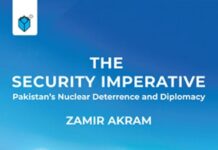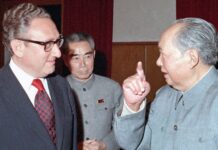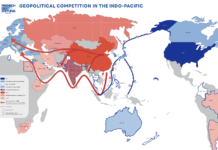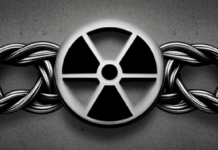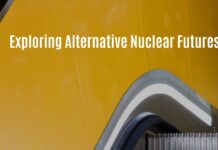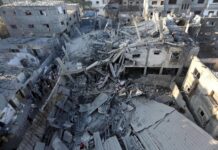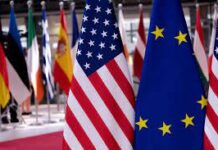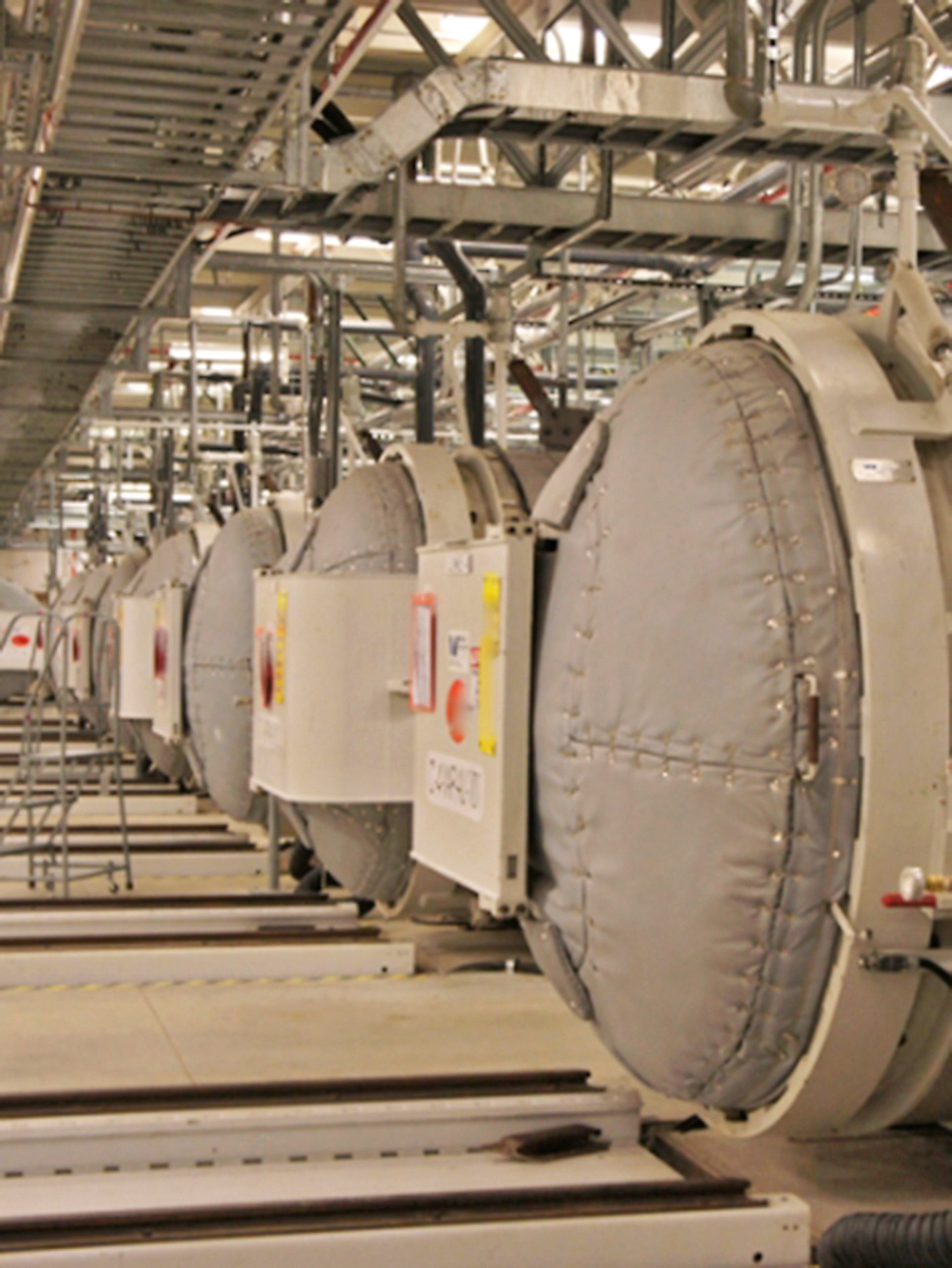Mansoor Ahmed
The U.S. withdrawal from the Joint Comprehensive Plan of Action (JCPOA) in 2018 and the recent assassination of Gen. Qasim Soleimany has generated fears of a possible Iranian “breakout” to developing a nuclear weapon. So far, Iran has been implementing its commitments under the JCPOA and is cooperating with the International Atomic Energy Agency (IAEA) with respect to its NPT obligations. Nevertheless, it is useful to briefly assess what Iran has achieved so far and what it would need to do to go all out should it choose to leave the NPT and cease compliance with its safeguards obligations. The NPT allows a signatory state to fully develop and exploit the peaceful uses of atomic energy. While Iran’s clandestine nuclear activities and a suspected covert effort geared towards seeking nuclear weapons was effectively scuttled between 2002 and 2009, Iran has mastered the front end of the nuclear fuel cycle, which has enabled it to enrich uranium. It has developed the infrastructure to mine and refine natural uranium, produce yellow cake, uranium oxide and natural uranium hexafluoride gas (UF6)—the feedstock for enrichment. It has successfully overcome technical hurdles in producing high purity UF6 gas and has carried out extensive indigenous research and development in developing advanced gas-centrifuge designs for achieving greater efficiency in enriching UF6. Iran is also able to fabricate nuclear fuel and has been developing research and power reactors. It’s success in fuel reprocessing is limited.
The JCPOA had put limits to the amount of low enriched uranium to 300 kg from 7154 kg that Iran could stockpile within the country for 15 years in addition to limiting the number of installed first-generation centrifuges from 19138 to 6104 machines with no R&D on advanced centrifuge designs. The JCPOA had also effectively blocked Iran’s pathway to a plutonium program by requiring a redesigning of the Arak heavy water research reactor. Iran has yet to master the back end of the nuclear fuel cycle involving sensitive reprocessing activities.
Iran’s Atomic Energy Organization has now indicated that it has started enriching uranium to higher levels than previously allowed under the JCPOA. This has triggered proliferation concerns that Iran might be looking at a possible “nuclear breakout.” In terms of crossing the capability threshold for producing fissile material, Iran has already achieved the means to enrich uranium. Enriching uranium from 0.7 % of U-235 to 3-5 % U-235 takes three fourths of the time and effort needed to produce weapons-grade HEU (uranium enriched to 90%). Earlier, Iran had been producing nearly 20 % LEU. Therefore, should the Iranian leadership decide to abandon the NPT, it would only take the re-configuration of the centrifuge cascades to quickly produce HEU suitable for a nuclear weapon. It takes about 5000 Separative Work Unit/yr to produce one weapons-worth or Significant Quantity (25 kg weapons-grade HEU). This is technically well within Iran’s reach as it has the UF6 production capacity and the enrichment capability. But producing fissile material does not automatically enable a country to become a nuclear capable state. Several dozen countries today can enrich uranium or reprocess plutonium but are not considered as nuclear capable states.
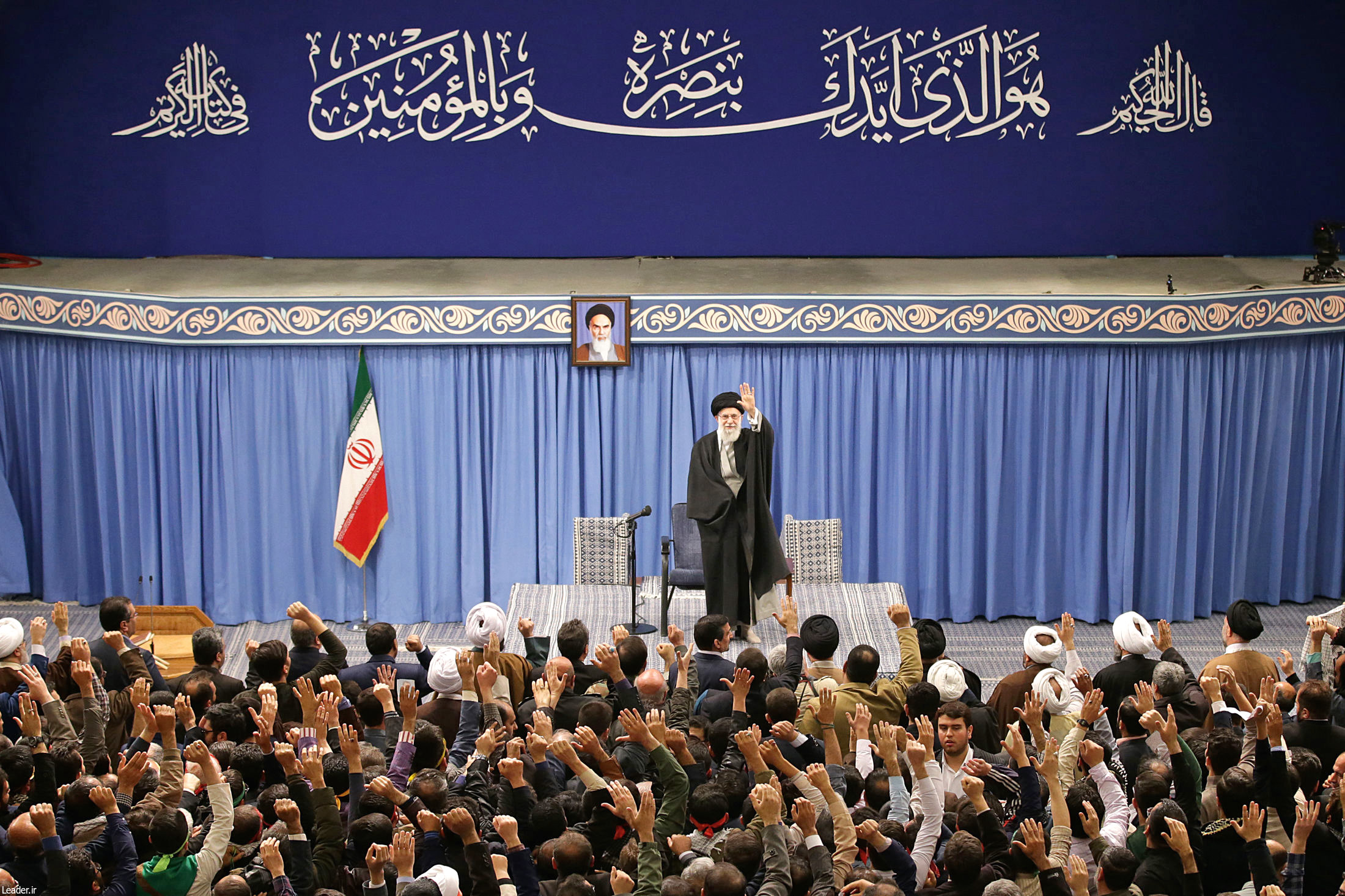
Iran’s march towards nuclear weapons capability would again require sustained effort, research and development and resources for a number of years. Such an enterprise would begin with developing a theoretical weapon design, advanced engineering and machining capabilities, the ability to produce neutron sources, explosive lenses and trigger electronics of nano-second precision. This would have to be done at multiple ends in parallel to produce a workable design that would have to be cold tested with advanced diagnostic capabilities. Such a design would also have to be compact enough to be deliverable. Iran would have to carry out several hydrodynamic tests of its weapon design before it can be considered of having any military value. Until 2009, Iran was suspected of working on several covert projects in this regard, but it is unclear if what progress it actually made. Pakistan had to conduct a series of cold tests from 1983 to 1998 after it had successfully produced all the elements of a working nuclear device. These tests and the production of weapon-grade HEU led to the successful demonstration of Pakistan’s nuclear capability in 1998. There is no other shortcut for any nuclear aspirant.
Should Iran choose to go down this path, it will result in reactive and cascading proliferation in the Middle East with the GCC states led by Saudi Arabia coming under immense pressure to develop a hedging capability without leaving the NPT. Turkey and Egypt might follow suit. Iran has already harnessed the diplomatic, political and strategic benefits of its nuclear latency by leveraging its influence across the Middle East. The Middle East cannot afford further destabilization by additions to the nuclear club.
Dr. Mansoor Ahmed is a Senior Research Fellow Officer at the Center for Strategic International Studies, Islamabad.





